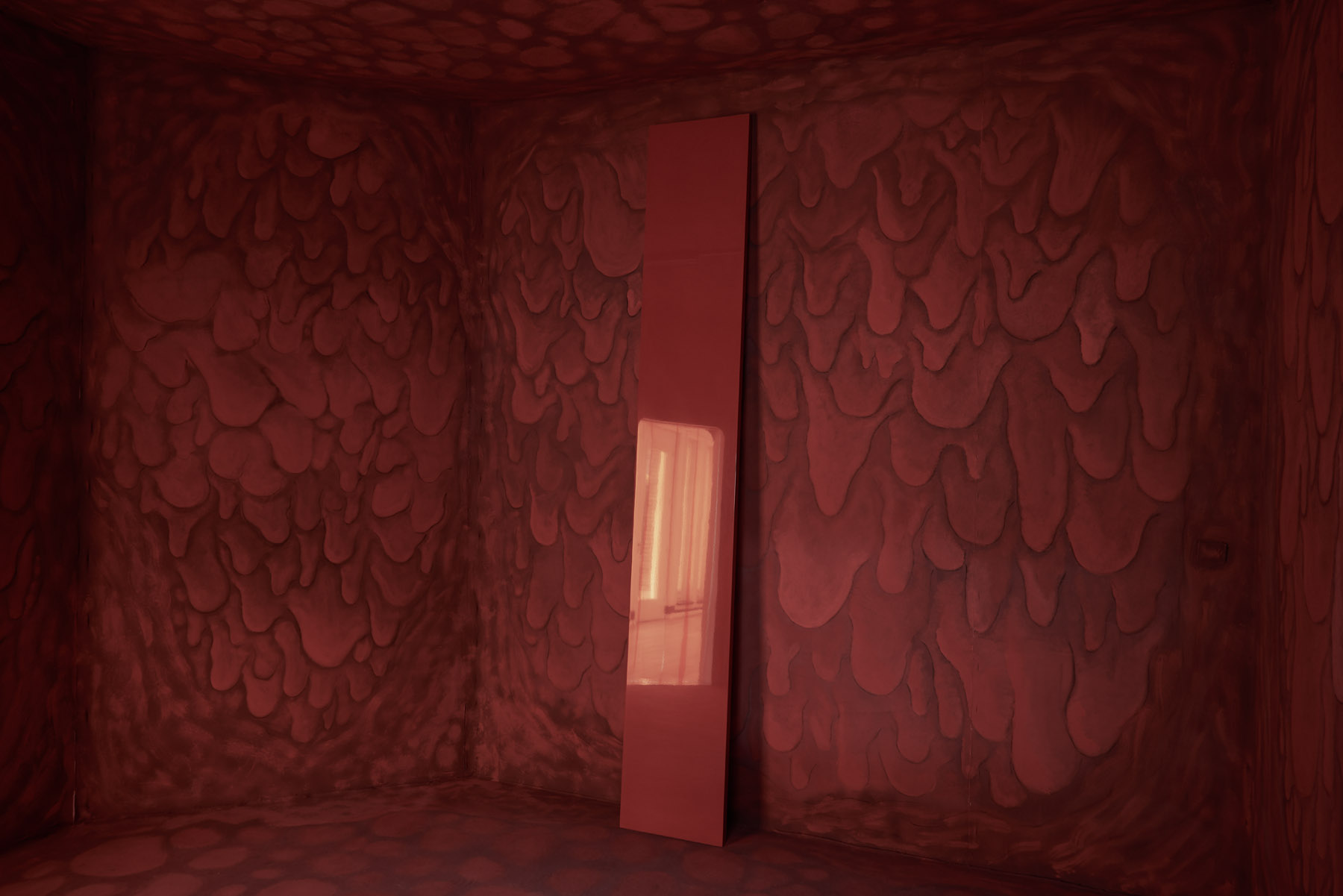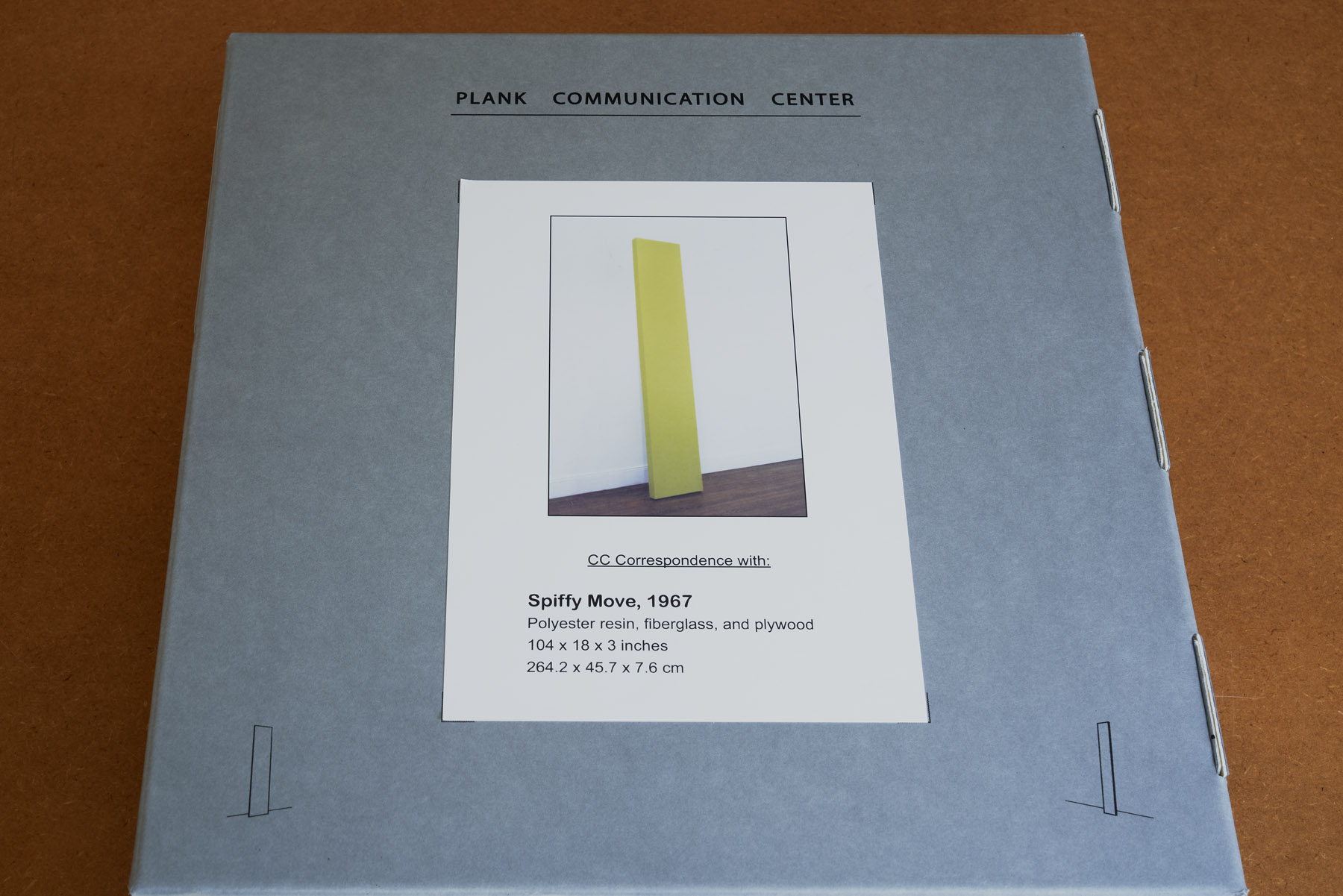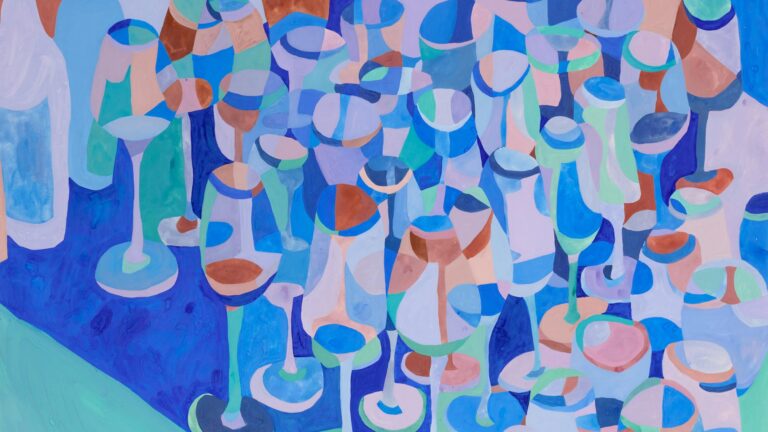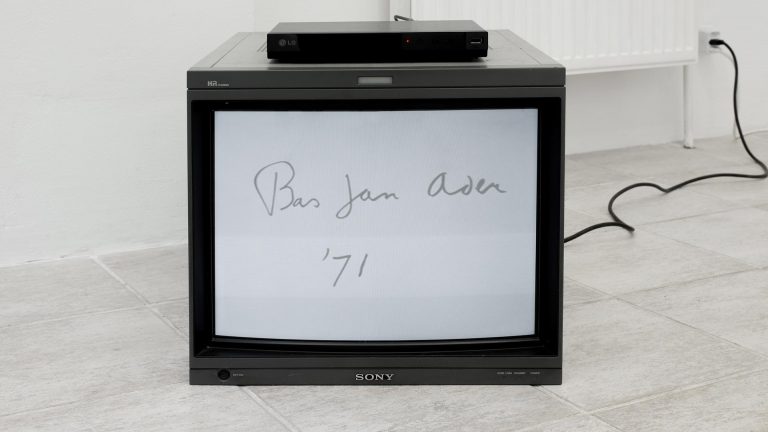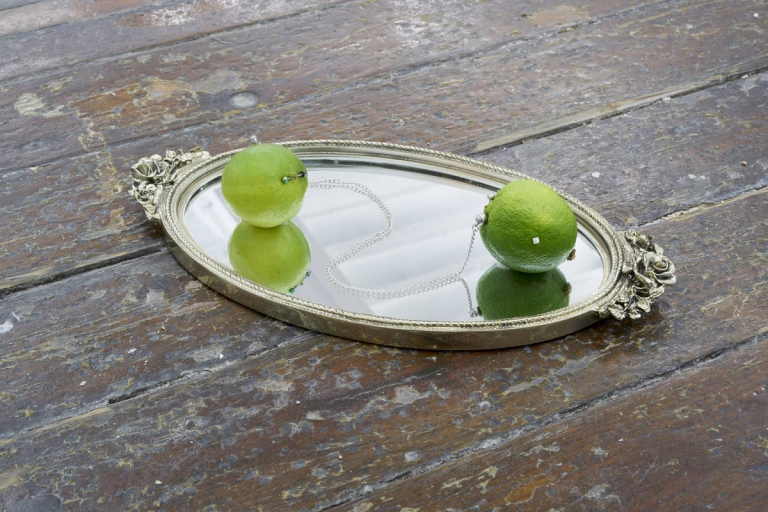Artist: Vedran Kopljar
Exhibition title: Center (Plural)
Venue: CONVENT, Ghent, Belgium
Date: September 11 – December 13, 2020
Photography: all images copyright and courtesy of the artist and CONVENT, Ghent
Convent presents Center (Plural), a solo project by artist Vedran Kopljar (°1991, Slavonski Brod, Croatia) . Kopljar’s artistic practice is driven by his interest in language and perception. Characteristic, among other things, is the series of didactic plates with which the artist explores the tension between language and image. By linking an abstract form to a seemingly randomly chosen word or concept and presenting it on a medium that the viewer recognises — from biology lessons, for example — Kopljar puts our expectation patterns to the test. Tradition-ally school plates communicate scientifically substantiated information. Kopljar’s plates, on the other hand, do not explain anything. On the contrary, they raise even more questions and challenge us to take new viewpoints and thus broaden our frame of reference. In his work, Kopljar does not limit himself to investigating the boundaries of language and perception but rather explores new ways of communicating beyond language. Thus, he thematises the unique non -linguistic communication between the work of art and the viewer.
As such, the exhibition Center (Plural) focuses on the operation of the Plank Communication Center, an artistic centre established over a year ago by Kopljar. Through this centre, he investigates the possibilities of communication with the typical planks of the well-known American artist John McCracken (°1934, Berkeley, †2011, New York).
Formally McCracken’s work is closely related to minimalism, a predominantly American art movement of the 1960s. Unlike most other representatives of this movement, McCracken had no interest in the theoretical elaboration of ideas around the experience of time and space. Instead, he developed a more playful idea of the minimalist object. McCracken’s most famous sculptural form is probably the plank. These narrow, rectangular and predominantly monochrome works are characterised by their glossy surface and impeccable finish. From an art-historical perspective, these works are acclaimed, among other things, for how they have challenged the traditional distinction between sculpture and painting. These planks lean diagonally against the wall, conventionally the place of painting, and at the same time stand in physical space, the place where sculptures and the viewer are usually located.
Under the guise of the Plank Communication Center, Kopljar investigates what it can mean to have a long-term relationship with this specific series of works by McCracken. Kopljar’s fascination with the different ways in which meaning can be generated between art object and viewer is once again at the root of this. In this way, the artist uses the Plank Communication Center as a metaphorical method to further investigate this relationship.
In May 2019 Kopljar came into physical contact with a McCracken plank for the first time. In the storage of S.M.A.K., the museum of contemporary art, Ghent, he met the monochrome red plank Center, from 1989, from the museum’s collection. Later that year Kopljar went to New York to continue the activities of his artistic research centre as an artist in resident at Residency Unlimited. Through the David Zwirner Gallery, he gained access to McCracken’s archive and met two of his planks in the gallery’s viewing room. The encounters Kopljar has had so far with the planks of McCracken, can best be described as a slow, intimate performance, in which the artist, often in silence, simply spends time with the works. This long-drawn- out process is diametrically opposed to the way in which an average museum visitor who usually only glances at a work of art for a short period. By constantly adopting different poses in relation to the planks or by standing diagonally against the wall as if he were a plank himself, Kopljar creates the illusion that he wants to temporarily remove the boundaries between viewer and object. In addition to these physical confrontations, Kopljar also communicates with McCracken’s planks through drawings. He does this by applying expressive, abstract shapes with colour pencil on letterhead — specially designed by him and equipped with the Plank Communication Center logo. This method of communication could be described as a visual counterpart to the écriture automatique; an improvisational way of writing in which the author addresses the unconscious and writes down what comes to mind in him, regardless of its syntactic correctness. These works on paper are then sent by post to the owners of the plank works, usually museums. Remarkable is the fact that the recipient, mentioned on the front of the envelope, is always McCracken’s plank and not an employee of the museum to whose collection the work belongs.
For the exhibition at Convent, Kopljar has chosen to translate the activities of the Plank Communication Center into two groups of works. There are fourteen two-dimensional reproductions of McCracken’s planks, painted on canvas. Based on their formal appearance, these works could be seen as a continuation of Kopljar’s series of didactic plates. However, the artist does not regard these reproductions as autonomous works. For him, they are purely functional. After all, they serve as illustrations of the original planks and consequently inform the viewer about, for example, the scale and colour of the original work. Kopljar himself makes the comparison with religious icons. An icon is not considered a work of art but is worshipped as a sacred object and actively used during religious services. In addition, there are fourteen archive folders on display that contain the black and white carbon copies of the drawings that Kopljar sent to the various planks. These folders are presented as a sculptural object in Convent’s reception area and can be consulted by the visitor at the same time. In this way, the artist offers an exhaustive overview of his correspondence with McCracken’s planks. A fifteenth archive folder contains the original colour drawings that Kopljar sent to Center, the plank from the S.M.A.K. collection. Normally these drawings are kept in the museum archives, but for this occasion, they were temporarily made available again.
Finally, Kopljar transformed Convent’s smallest space into a fleshy, cave-like pavilion, with a space-filling mural. This site- specific work shows the abstraction of an interior space and builds on the architectural work Residentie Casa MINDER-HEID and his series of paintings InnerSpacePortals. Starting from the proverbial premise that the mental and the emotional are somewhere deep inside our bodies, Kopljar tries to concretize these metaphor-ical spaces. Subjectively, the particular relationship between the viewer and the work of art is once again thematized here.
For the design of these spaces Kopljar, is inspired by the desire of (adult) thumbsuckers to (temporarily) return to a safe and cosy place like the womb. There are also formal references to Hentai, a pornographic version of manga from Japan. Central to this fleshy interior space is Center , an original plank by McCracken. Kopljar places this iconic work of art from the collection of the S.M.A.K. in an alienating setting that is far removed from the “neutral” museum context in which this work is usually shown. In this cave, McCracken’s plank is seen as an oracle rather than a minimalist masterpiece.





















